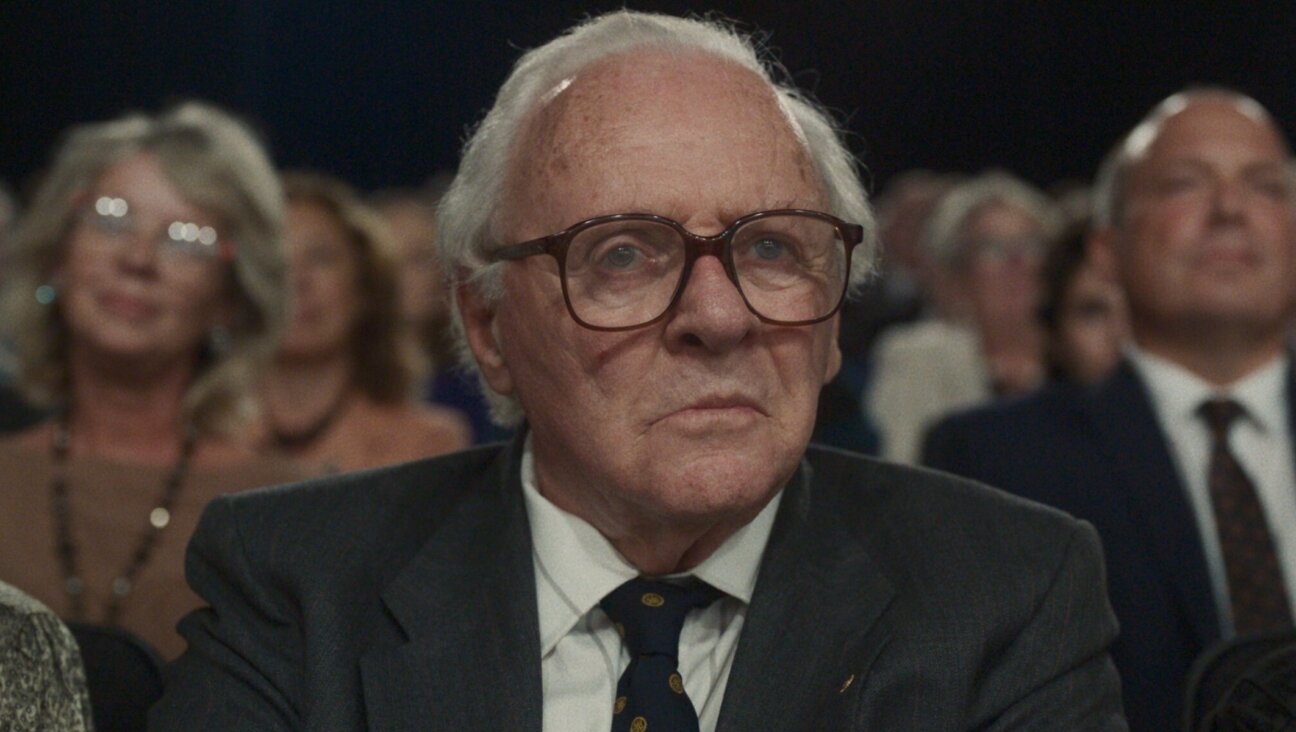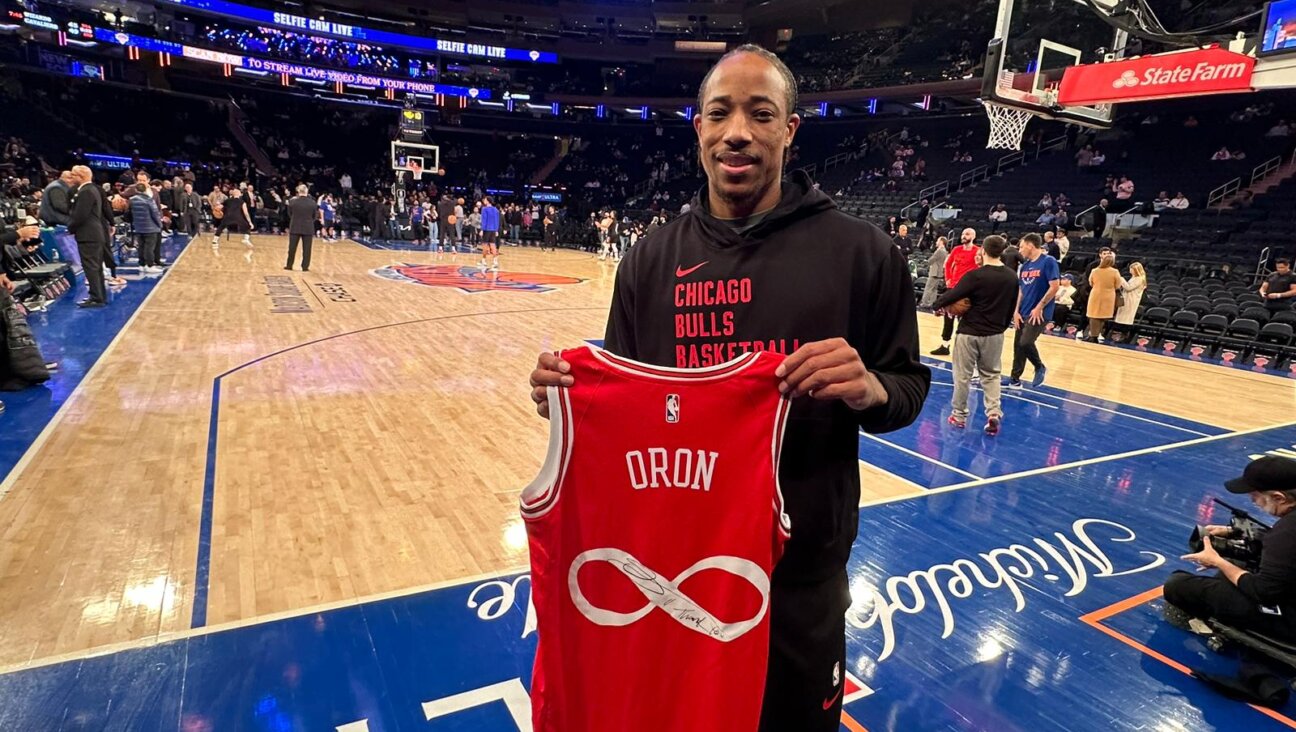Where the Pritzker Money Goes

Design By A Winner: Shigeru Ban conceived the structure of the Centre Pompidou in Metz, France. Image by wikimedia commons

Pritzker Priority: The Treblinka death camp memorial in Poland. The Pritzkers have given generously to Holocaust education and memorials. Image by wikimedia commons
With an estimated net worth of $29 billion, the Pritzkers are among the 10 wealthiest families in the United States. The philanthropic causes the Ashkenazi Jewish family supports are almost as diverse as the real estate and business investments that made them rich. Here are some of the most significant ones.
Jewish Causes
$3 million for the Jewish United Fund/Jewish Federation of Metropolitan Chicago (2002)
The Pritzker Family Philanthropic Fund is a major supporter of Jewish charities in the Chicago area, including Jewish education programs.
$1 million for the Treblinka Holocaust Memorial (2007)
Karen Pritzker pledged the funds for a new visitor center at the Treblinka concentration camp in Poland. Memorials for the victims of the Holocaust are one of the Pritzker family priorities: J.B. Pritzker led the campaign to build the Illinois Holocaust Museum & Education Center, which opened in 2009.
Education
$50 million+ to Chicago universities
The Pritzker family, through various foundations, has made it a mission to shore up educational institutions in Chicago. A.N. Pritzker (1896-1986) donated $16 million to the University of Chicago in 1968, leading to the renaming of its school of medicine in the family’s honor. He also gave $5 million to the Illinois Institute of Technology, which named the Pritzker Institute of Biomedical Science and Engineering after him, and $10 million to Northwestern University. In 2002, the Pritzker Family Foundation donated an additional $30 million to the University of Chicago for biomedical research.
$20 million for the University of California, Los Angeles (2013)
At UCLA, Anthony and Jeanne Pritzker gave money to support environmental and sustainability research, endowed a chair in the subject and founded a center for urban sustainability and a Pritzker Sustainability Prize.
$16.9 million for Chicago Public Schools (2014)
A group of investors led by J.B. Pritzker donated the funds to expand prekindergarten programs for low-income children in Chicago without incurring costs for taxpayers. Early education is one of J.B. Pritzker’s pet causes; he also teamed with Goldman Sachs last year to invest $20 million in an Early Childhood Innovation Accelerator to develop and fund programs for disadvantaged children.
Politics
$1,000 for Barack Obama (2000)
Penny Pritzker’s early financial support for Obama’s first, failed run for Congress led to the blossoming of a friendship. She chaired the finance committee for his U.S. Senate campaign in 2004 and ran fundraising operations for him during his 2008 presidential bid. In 2013, Obama tapped her to be secretary of commerce. Many members of the Pritzker families are donors to various politicians, both locally and nationally.
Chicago
$15 million for Millennium Park (1999)
Jay Pritzker (1922-1999) donated one-fourth of the cost to construct a new pavilion in the planned park, later named after him. The project was one of the largest municipal undertakings in recent Chicago history, designed to be modern, accessible and environmentally friendly.
$7.3 million+ to Chicago museums
In 2009, Col. Jennifer Pritzker gave the funds for the Field Museum to create the Robert A. Pritzker Center for Meteoritics and Polar Studies in honor of her father. It now holds one of the world’s largest collections of meteorites. The Pritzkers are longtime supporters of Chicago museums, including the Art Institute of Chicago.

Design By A Winner: Shigeru Ban conceived the structure of the Centre Pompidou in Metz, France. Image by wikimedia commons
Architecture
$100,000 annually for The Pritzker Architecture Prize (since 1979)
Jay and Cindy Pritzker founded the award in order to honor living architects. As real estate investors, the Pritzkers have long had strong relationships with architects. The prize is considered the most prestigious accolade in the field. In 2014, it went to Shigeru Ban, a Japanese architect famous for using recycled cardboard tubes as building material.
A message from our Publisher & CEO Rachel Fishman Feddersen

I hope you appreciated this article. Before you go, I’d like to ask you to please support the Forward’s award-winning, nonprofit journalism so that we can be prepared for whatever news 2025 brings.
At a time when other newsrooms are closing or cutting back, the Forward has removed its paywall and invested additional resources to report on the ground from Israel and around the U.S. on the impact of the war, rising antisemitism and polarized discourse.
Readers like you make it all possible. Support our work by becoming a Forward Member and connect with our journalism and your community.
— Rachel Fishman Feddersen, Publisher and CEO





























